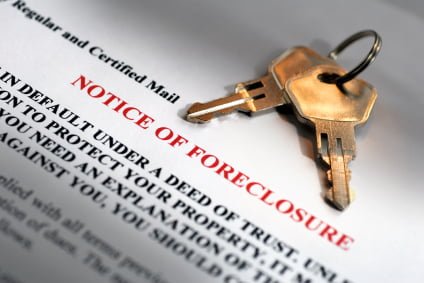When a debtor files Chapter 7 or Chapter 13 bankruptcy , the bankruptcy trustee is charged with finding out how much the debtor can afford to pay to creditors, either through liquidation of assets or through a repayment plan. If the debtor has a home then there are a few options they have for handling that property in bankruptcy.
Options For Keeping Or Surrendering Your Home in Bankruptcy
Let’s take a look at those options:
- A Chapter 7 bankruptcy debtor can continue to make payments on their home and keep their property. If the debtor’s mortgage is delinquent then they will need to pay back payments to remain current on their mortgage if they want to remain in their home after bankruptcy. In Chapter 13 bankruptcy, they debtor also has the option of keeping their home; but payments will need to be made through the bankruptcy repayment plan over the period of 3 to 5 years.
- The debtor can also surrender their home in bankruptcy, often remaining in the home until the foreclosure occurs. If the debtor does surrender their home during bankruptcy, the court will discharge any deficiency balance on their mortgage once the bankruptcy discharge is issued. But the debtor will be responsible for paying for insurance on the property until the house is seized by the mortgage company.
- The debtor may be able to sell their home while they are bankruptcy, keeping any exempt portion and using the balance to repay their creditors. The debtor may need to do this if they decide not to keep their property in bankruptcy; but the property still has equity in it.
- Finally, if a debtor wants to keep their home; but the house is ‘underwater,’ they may want to negotiate a mortgage modification with the creditor so that they can remain in their home after bankruptcy but have a cheaper payment. This option may require the debtor to sign a reaffirmation agreement with the creditor.
(source: Bankruptcylawnetwork.net )
